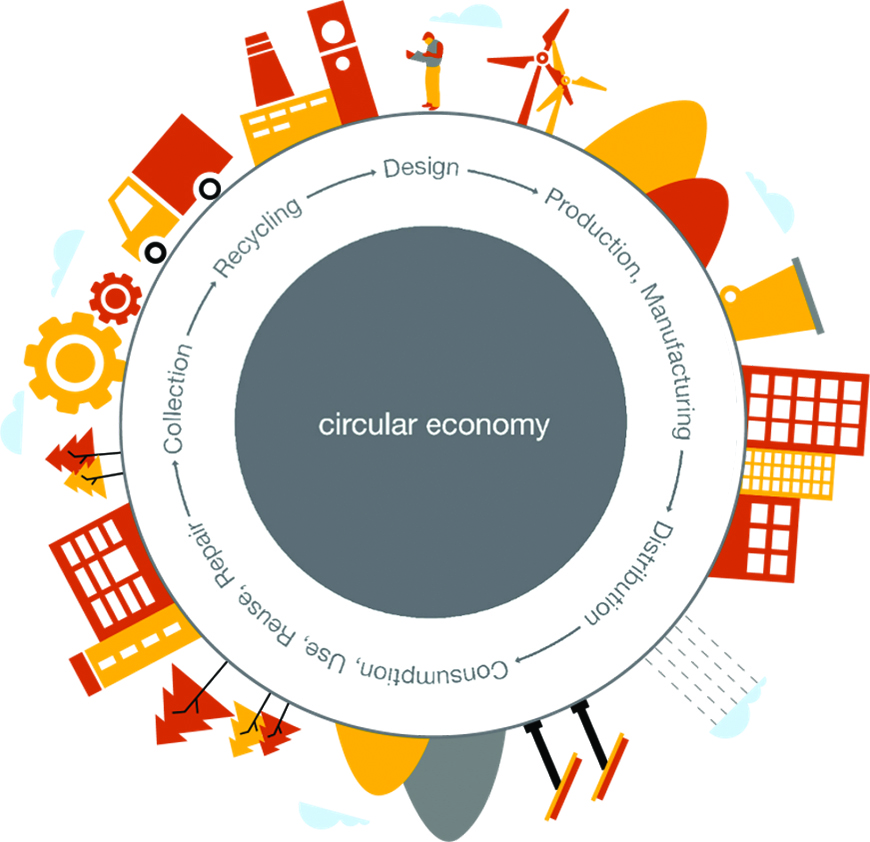These perceived global challenges and tangible local concerns push us to act. Some choose to educate themselves, some to protest, some to speak up, others choose from a variety of specific actions - use less plastic, recycle, drive less, decrease energy use, or simply help by picking up garbage.
Similarly, businesses may also choose to act to counter environmental issues. They can be driven by different motivations, be it consumer demand, market pressure, or genuine social responsibility.
As individuals we have to make our own decisions whether and how to act. We choose to sacrifice a bit of our time, energy, or money to help fight a real or assumed issue. We weigh the possible or intended results and our personal cost and act accordingly. Sometimes the results are directly visible and immediately beneficial and sometimes they are less measurable. Activities such as cleaning up a city park from garbage, driving less, or not using plastic straws have a varying degree of direct impact and benefit.
Businesses also make such decisions, but on a different level. The first step is for management to set the goals of an organization in the area of environmental impacts and then to plan appropriate actions. Such goals may include not producing net carbon emissions, lowering production of harmful byproducts or emissions, increasing employee wellbeing, or increasing the lifecycle of a product.
 When we as individuals set inappropriate goals or plan inefficient ways to fulfill them, we may at most lose some time, or a little of our money or productivity with little added value. But when businesses don’t set realistic and sensible goals in the area of environmental actions, and set inefficient ways of reaching them, the impacts are more serious. Costs can significantly increase without associated benefits, leaving less for the employees. There may be a significant waste of productivity or inefficient actions which may have otherwise been spent to bring added value to the business or customers. Or by setting unrealistic goals and inefficient or unrelated actions, businesses may simply suffer a blow to their reputation.
When we as individuals set inappropriate goals or plan inefficient ways to fulfill them, we may at most lose some time, or a little of our money or productivity with little added value. But when businesses don’t set realistic and sensible goals in the area of environmental actions, and set inefficient ways of reaching them, the impacts are more serious. Costs can significantly increase without associated benefits, leaving less for the employees. There may be a significant waste of productivity or inefficient actions which may have otherwise been spent to bring added value to the business or customers. Or by setting unrealistic goals and inefficient or unrelated actions, businesses may simply suffer a blow to their reputation.
For example, if the ultimate goal is protection of health or life, one may claim solar power is the preferable option to nuclear energy. However, as the Danish author and environmentalist Bjørn Lomborg recently reminded, more people a year will die installing solar panels on roofs than from nuclear disasters. Companies therefore need to carefully consider their set targets and weigh the costs and benefits.
Circular economy is a model being adopted or considered by many businesses today. Circular economy is a production and consumption model that includes sharing, reusing, repairing and recycling existing materials and products for as long as possible in order to increase production efficiency, or to increase the product life cycle, etc. The goal may therefore be to increase efficiency, decrease costs, develop new products, reach new markets, or simply satisfy customer demand for environmentally-conscious products and services. There are many circular strategies a business may employ. But how efficient are they? How to set a sensible strategy?
- Set meaningful and achievable goals which are related to the overall business strategy. Contributing to lower carbon emissions? Promoting a healthier lifestyle? Supporting local communities?
- Consider the realistic costs of actions to achieve these goals. If a company aims to lower its carbon emissions, is it more cost-efficient to switch to an all-electric fleet, or to insulate the production halls against heat losses?
- Measure the benefits or added value. It may be worth considering whether it is efficient for a company to focus on decreasing the use of plastic in the cafeteria, instead of decreasing overall energy use. Which is likely to have a more significant impact on the environmental goals?
Measuring and evaluating such alternatives and various circular strategies is a complex exercise. It is an area where the use of external experts may prove very helpful and cost effective. As we can see, choosing an inappropriate strategy may have heavy consequences, and fail to bring the desired results. Any business considering how to change their environmental impact or to adopt a circular strategy should consider involving a relevant expert to help weigh these alternatives.

Marek Frecer, Senior Manager, PwC



Follow us